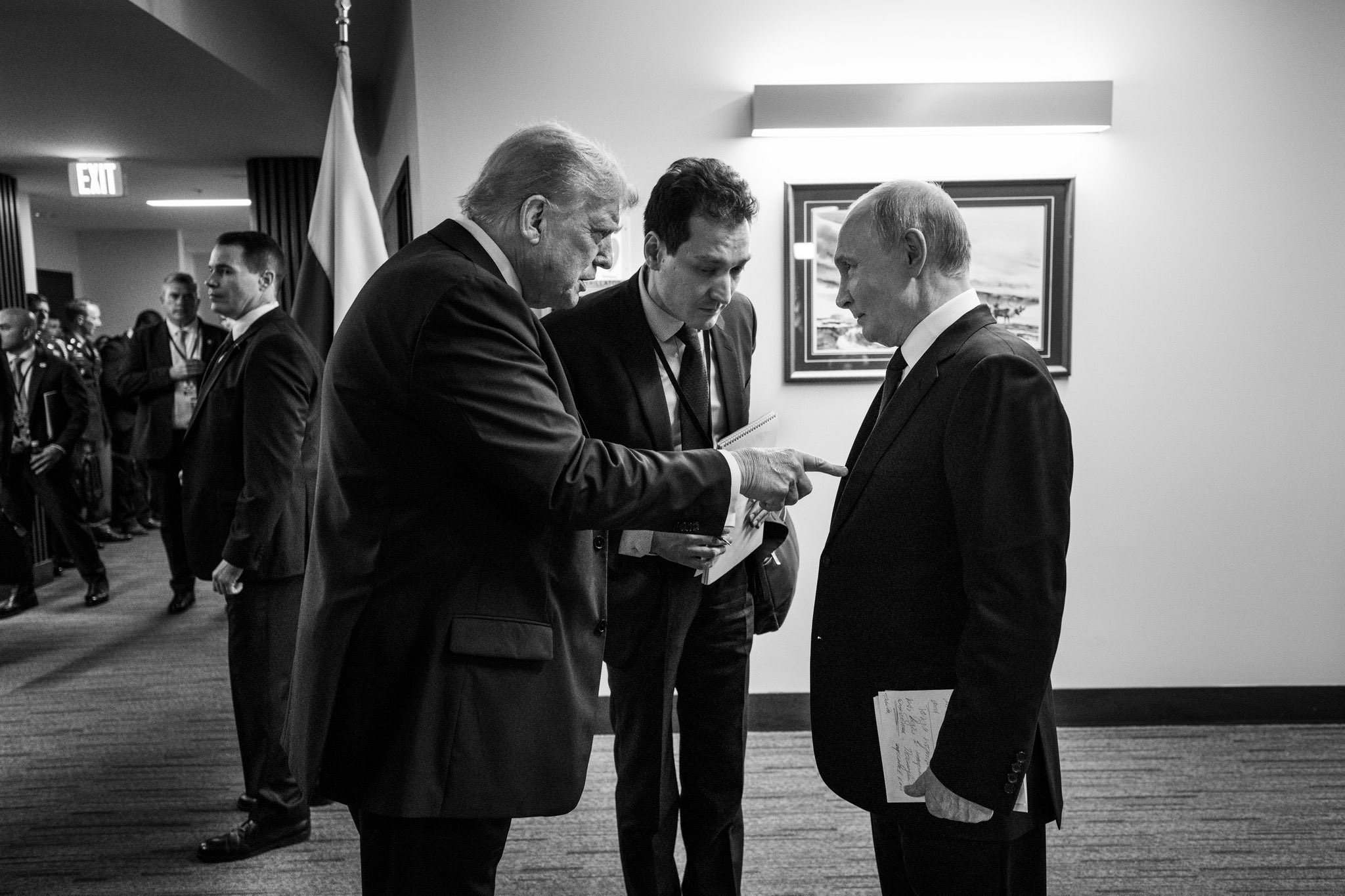Trump Signals Nuclear Arms Push with Russia and China Amid Deepening Russia–China Military Ties and Iran Energy Pact
The United States has signaled its intent to pursue renewed nuclear arms control discussions with Russia -- and crucially, to involve China in the framework for the first time. President Donald Trump confirmed the shift during a press interaction this week, noting that while the US holds the largest nuclear stockpile globally, Russia and China rank second and third, respectively.
 |
| Image Source: White House |
The remarks come as new geopolitical realignments take shape across Eurasia. Russia and China have just concluded joint naval patrols in the central Pacific Ocean -- the fifth such patrol since 2021 -- underscoring their growing military cooperation.
According to the Russian Pacific Fleet, the joint group covered more than 6,000 nautical miles and carried out anti-submarine drills and aviation exercises. The patrol began after both nations participated in the Russia–China 2025 Maritime Interaction naval drills earlier this month.
While Washington’s focus remains fixed on nuclear non-proliferation, Beijing and Moscow appear to be investing in maritime coordination, regional surveillance, and economic zone protection across the Asia-Pacific.
Both nations emphasized that the joint patrols were peaceful and focused on “monitoring maritime waters and protecting national economic activities.”
In a parallel development, Iran has moved closer to finalizing a long-discussed natural gas import deal with Russia via Azerbaijan. Ambassador to Moscow Kazem Jalali confirmed that nearly all issues with Gazprom have been resolved, pending final agreement on pricing. Deliveries could begin in 2025 at volumes of up to 1.8 billion cubic meters annually.
These developments come against the backdrop of the earlier Alaska summit, held on August 15, when Presidents Trump and Putin met for over three hours at the Elmendorf-Richardson military base.
While no breakthrough was announced at the time, both leaders signaled a desire to restart dialogue after years of frosty relations. The summit was largely focused on Ukraine, where Russia insisted on recognition of the current battlefield frontlines, while Trump indicated that Kyiv would have to take more responsibility for moving toward peace.
Since then, diplomatic follow-through has remained cautious. The Biden administration’s prior policy of containment has now clearly shifted under Trump toward re-engagement -- but the road ahead remains complex.
In Washington, Trump’s recent comments on nuclear arms came alongside a broader recognition of Russia’s strategic weight. “They have a big nuclear presence. You have to respect it,” he told Fox News, warning that escalation “could be the end of the world.”
Analysts say the nuclear proposal serves multiple aims: to re-establish strategic stability with Russia, to pressure China into transparency, and to frame the United States as a driver of global non-proliferation.
But the timing is also strategic -- coming as Russia deepens ties with both Beijing and Tehran, reshaping energy and military alliances that sideline Washington and its traditional allies.
Trump’s remarks have already been followed by diplomatic outreach. The White House confirmed he spoke with Ukrainian President Volodymyr Zelensky and key NATO leaders, with a follow-up meeting scheduled in Washington.
Meanwhile, Moscow has responded positively.
Deputy Chairman of Russia’s Security Council Dmitry Medvedev praised the US president’s recent stance, calling it a “correction of the course of confrontation,” while Kremlin aides highlighted the symbolic gesture of Trump not pushing new sanctions -- yet.
European responses remain mixed. While Berlin and London welcomed any progress toward arms control, they have also emphasized that Ukraine’s territorial integrity must remain central to future diplomacy.
At the United Nations, Secretary-General António Guterres reiterated support for a full ceasefire in Ukraine and emphasized the role of multilateral diplomacy.
The UN remains engaged, though it has not been formally invited into any new talks.
Back in Asia, Russia and China’s ongoing naval coordination, combined with Iran’s slow but steady progress toward a gas deal with Moscow, point to a growing network of countries building alternative security and energy arrangements outside Western frameworks.
While the nuclear conversation may be restarting under US leadership, the broader power map is clearly being redrawn -- with multiple centers of gravity.
